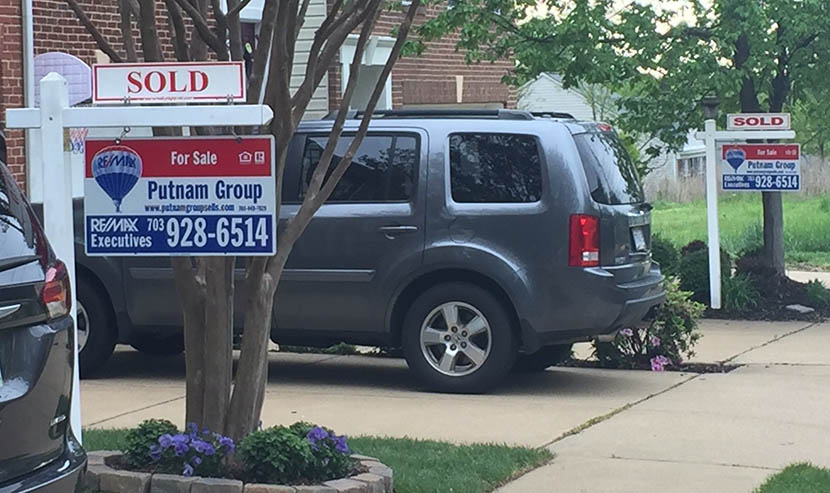
New Home Sales Take a February Hit

Historically, February has never been a big month for home sales—it’s cold, the weather is unpredictable and it’s, well, February. But during the hottest—and strangest—housing winter in memory, could this February also defy logic.
Alas, now. HUD and the Census Bureau yesterday reported sales of new single-family houses in February fell by 18.2 percent to a seasonally adjusted annual rate of 775,000. From a year ago, however, sales improved by 8.2 percent.
Every region saw double-digit sales declines in February. In the South, sales fell by 14.7 percent in February to 458,000 units, seasonally annually adjusted, from 537,000 units in January. From a year ago, however, sales improved by 20.2 percent. In the West, sales fell by 16.4 percent in February to 194,000 units from 232,000 units in January and fell by 8.1 percent from a year ago.
In the Midwest, sales fell by 37.5 percent in February to 85,000 units, seasonally annually adjusted, from 136,000 units in January, but improved by nearly 5 percent from a year ago. In the Northeast, sales fell by 11.6 percent to 38,000 units in February from 43,000 units in January and fell by the same percentage from a year ago.
Analysts identified a usual culprit—weather—as one factor in the sharp sales drop. But another familiar culprit—supply chain issues—also figured strongly.
“February’s 18.2% plunge in new home sales is eye-popping but does not likely mark a significant change in the housing outlook,” said Mark Vitner, Senior Economist with Wells Fargo Securities, Charlotte, N.C. “New home sales are extremely volatile on a month-over-month basis, particularly during the winter when warmer than usual temperatures can often lead to huge seasonally adjusted moves. That seems to have been the case in December and January, when mild winter temperatures allowed for more home buying than usual in these normally slow months. Over that period, sales were revised higher a combined 59,000 units. This made February’s plunge appear even larger.”
Vitner said while weather-related volatility is fairly easy to explain, the supply issues plaguing builders are harder to get handle on. “Lumber prices have surged more than 180% since last spring and are at record levels,” he said. “The National Association of Home Builders estimates that higher lumber prices are adding $24,000 to the cost of building a typical home, which makes it very difficult to build homes at lower price points. Lumber prices are higher because sawmills have been slow to re-open, due to ongoing COVID concerns in Canada. Shortages of other key components including cabinets and molding are another hurdle, and there are also too few lots and workers, particularly subcontractors.”
“The new sales number continued the pattern of weak February housing data revealed by previously released figures on housing starts, for-sale listings and mortgage applications,” said Doug Duncan, Chief Economist with Fannie Mae, Washington, D.C. “Therefore, we expect the drop-off to be temporary, with sales of new homes rebounding sharply in March…the extremely tight supply of existing homes for sale may encourage more homebuyers to turn to new home purchases.”
The report said the median sales price of new houses sold in February rose to $349,400. The average sales price rose to $416,000. The seasonally adjusted estimate of new houses for sale at the end of February rose to 312,000; this represents a supply of 4.8 months at the current sales rate, up substantially from 3.8 months in January.
